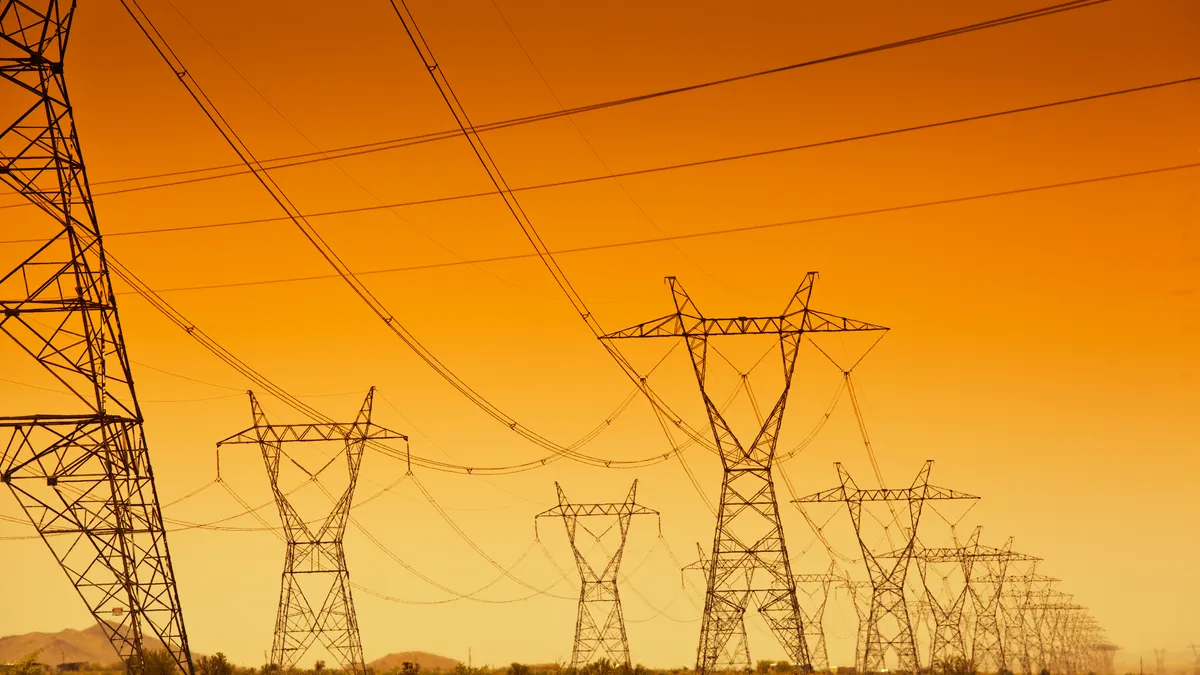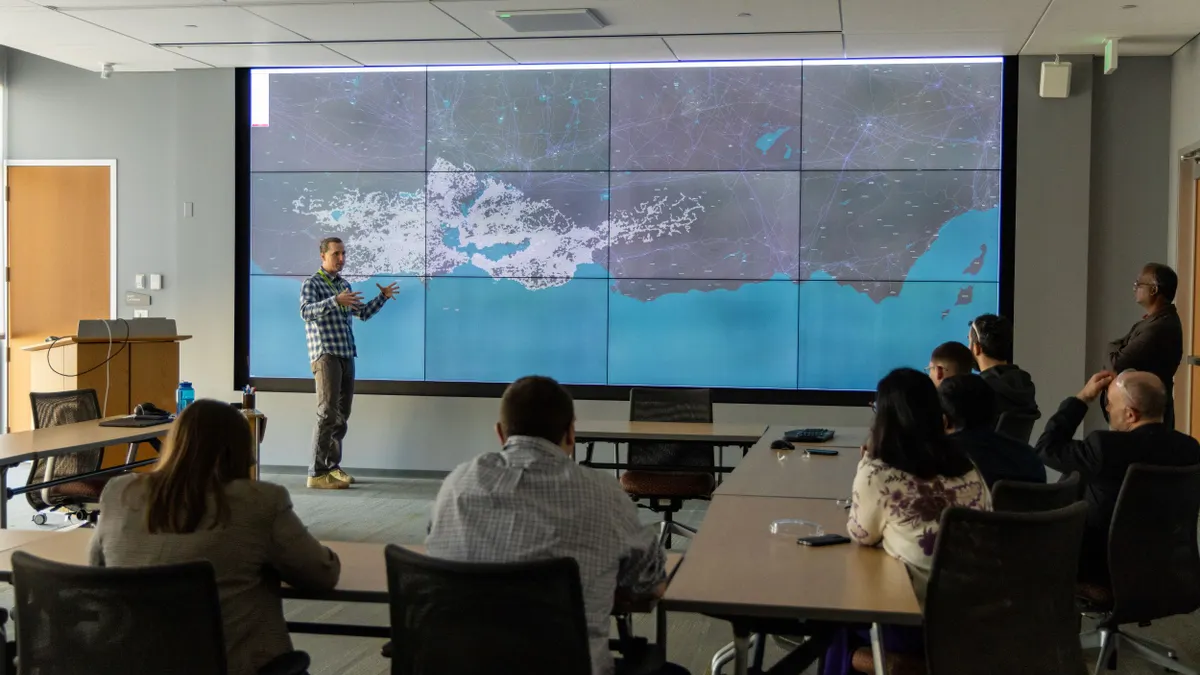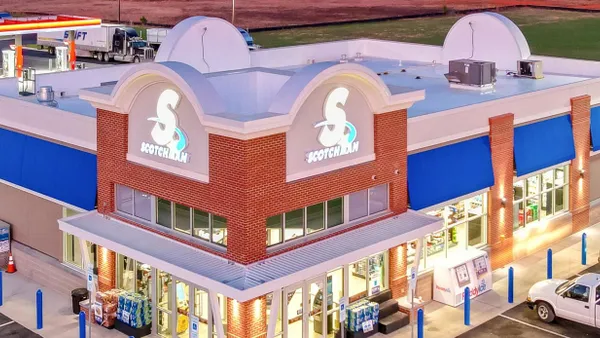Dive Brief:
- Solar developer Nexamp is participating in a National Grid pilot program designed to reduce increasingly lengthy interconnection queue times.
- Under the terms of the pilot, Nexamp will manage the construction of some distribution system upgrades needed to connect two community solar projects to the grid. National Grid will oversee the upgrades and assume ownership of the new lines at the end of the project.
- Both partners hope the arrangement will result in efficiencies that will reduce queue times for the projects in the pilot — and for projects to come.
Dive Insight:
Could a divide-and-conquer approach to distribution system upgrades expedite the interconnection process? A new program initiated by National Grid is set to find out.
Two community solar projects located in New Braintree, Massachusetts, and owned by Nexamp will be among the first to participate in the pilot, which opened to applicants earlier this year. The two projects will generate a combined 4 MW of energy, but have been mired in the interconnection process for the past three to five years, according to John Murphy, chief strategy officer for Nexamp. Although the two projects require a single connection to the grid, they also need substantial grid upgrades, making them good candidates for the pilot, Murphy said.
The pilot will allow developers to design and install any required distribution upgrades that aren’t associated with existing live wires, including procuring easements and hiring contractors to complete the work. Once the work is complete, National Grid will complete a final inspection and, if the work is acceptable, complete the interconnection process and assume management of the new lines.
In the case of the Nexamp projects, the pilot will see Nexamp constructing new power lines from the site of the project to the street where the project will connect to the existing grid, according to Michael Porcaro, director distributed generation ombudsperson at National Grid.
Completing some of the upgrades while National Grid works on other interconnection processes in parallel should help to reduce the overall time interconnection requires, Murphy said. Removing National Grid as a middle-man managing negotiations between the developer and the contractors completing the work should also help to speed the process along, Porcaro said.
Because Nexamp already has relationships with appropriate contractors, Murphy said they believe they may be able to complete the necessary upgrades more quickly, at less cost.
“Navigating the interconnection process is becoming the number one barrier for us as developers, but also for state, regional and national [renewable energy] deployment targets,” Murphy said. “This is by no means a panacea; we are not solving the interconnection backlog issues. But the idea is we are taking the steps we can today to address cost and timing, with the efficiencies that might be gained through a collaborative process.”
National Grid is hoping to test a total of five projects through the pilot program, Porcaro said, and is actively seeking additional applicants from other projects—large or small—that need extensive upgrades that could be installed without interfering with live lines.













